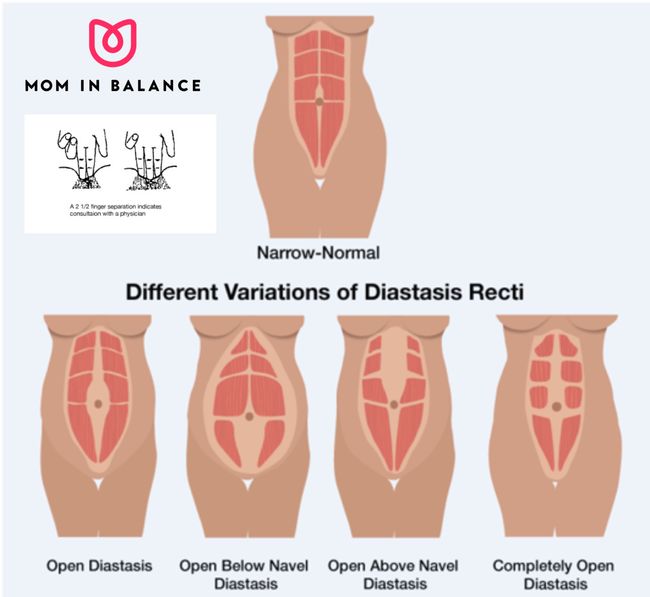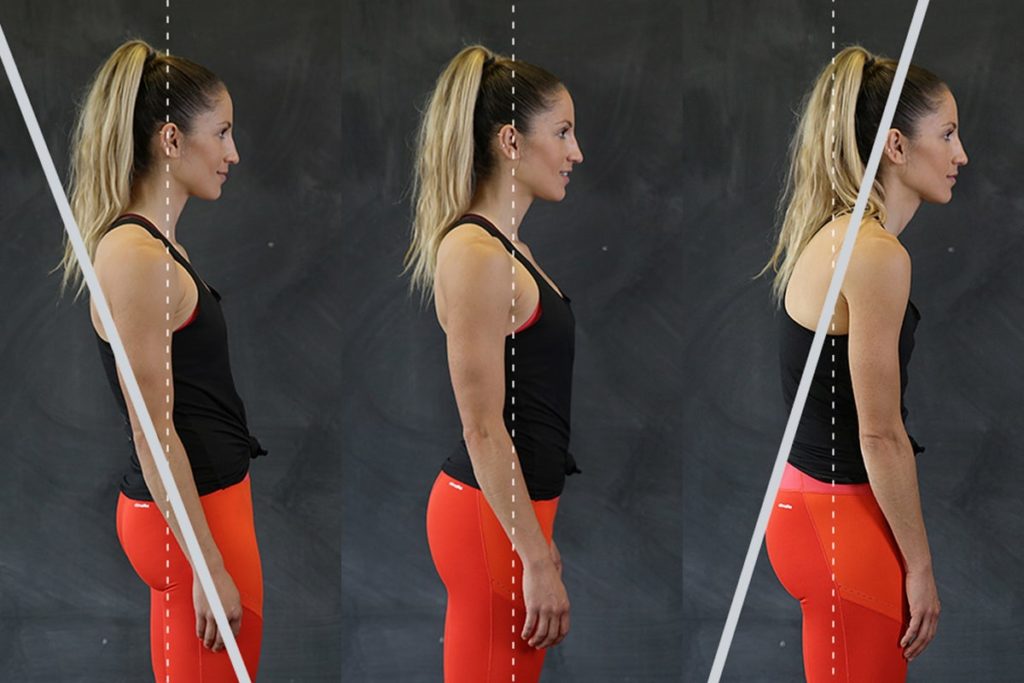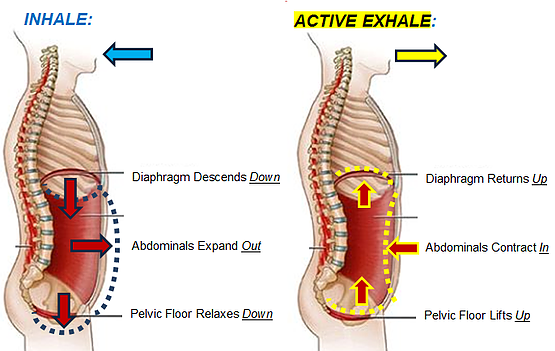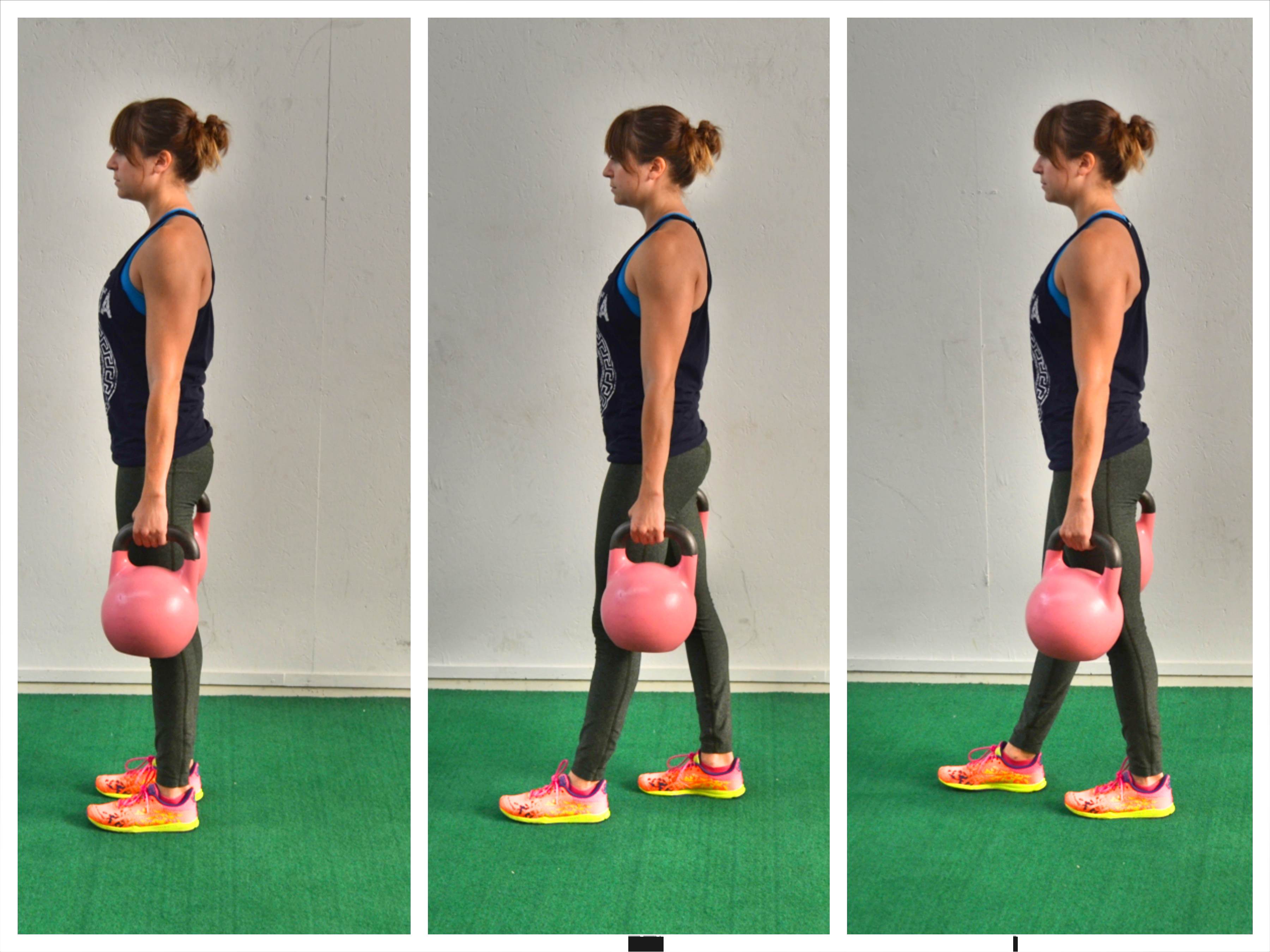
What is diastasis recti and how can it affect you in the gym in your postpartum fitness? So, you probably already know that as your baby grows, certain changes are made to your anatomy. Specifically, your uterus and skin begin to stretch (hence those stretch marks). But what you may not know is that your muscles are having to make some sacrifices as well. Specifically your rectus abdominus. This muscle is separated into a left and right half. The middle is what is known as the linea alba, a line of connective tissue that attaches to your sternum all the way down to your pelvic bone. This connective tissue has the ability to become lax and stretch as the baby grows, giving the baby more room.
The problem is that this piece of connective tissue can cause a separation to the 2 halves of the rectus abdominus long after your pregnancy. If your linea alba has lost its tension then you may find it difficult to lose that belly bump even when you are hitting the gym hard. This is because your rectus is no longer able to support your belly well. This separation is called diastasis recti. But hope is not lost. I want to teach you how you can strengthen your belly once again.

Please take this next part seriously. Because of the weakening of this vital core muscle, you are now at serious risk. Keep in mind that without the rectus abdominus you can, and likely will lose support to your lower back, spine, and pelvic organs which puts you at risk for back and pelvic floor injuries. This also may be the cause of urinary incontinence.
There are some important things you need to do to begin healing your diastasis recti.

(Credit: viverepiusani.it – Neutral Static Posture)
First, you want to ensure that you have good posture and determine whether or not your linea alba is in a constant stretch. You may need a partner for this one. Start by standing with your arms in front of you and feet facing forward directly under your pelvic bone. If the lower part of your ribcage is poking out past your upper chest it is likely that your linea alba is in a constant stretch. Work on properly aligning your body several times per week. You also want to create a slight arch in your lower back and keep your tailbone from tucking underneath the pelvis. Allow a rounding of your upper torso area as well. This will help you stack your diaphragm over your pelvic floor properly once again. Keep this position in mind through exercise and daily life.
Second – We want to rekindle the relationship between your core and pelvic floor. As you inhale, your diaphragm moves down and your pelvic floor relaxes in order to avoid creating too much intra-abdominal pressure as shown below.
But when you have diastasis recti this relationship is severed. Your pelvic floor is not relaxing to compensate for the newly added pressure. Now it’s your linea alba. Think of it like a water balloon. Have you ever filled up a water balloon that was defective? As the pressure built up, the water would bubble in a portion of the balloon that was unexpected. The balloon doesn’t hold the correct shape. The same is happening here. As you breathe in, your organs are under some pressure and they will go in the direction where they face the least resistance. In this case, the linea alba. This can create a bulge or lump in your belly that is especially noticeable when you are exercising.
So, now let’s talk about how to correct this.
Lay on one side of your body ensuring that you are keeping your feet, hips, and head in a straight line. Drape your arm across your upper chest and inhale. Concentrate on bringing air all the way into your pelvis, then completely exhale. Try to bring your belly button to your sternum.
Let’s discuss exercises to avoid. If you have diastasis recti, you may want to avoid exercises that create too much intraabdominal pressure as well as exercises that require you to contract the rectus abdominus. Exercises such as planks and push-ups may cause challenges to your core musculature and pelvic floor, and should be avoided until you have regained tension in your linea alba. Other exercises such as crunches and situps may cause further separation of the linea alba.
Finally, some exercises to add to your routine. These exercises are safe and have the added benefit of helping to strengthen that linea alba.
- Dead bug core
- Glute bridge
- Half kneeling pallof press
- One arm farmer’s carry and double farmer’s carry

- Side-lying knee abduction
References:
https://www.girlsgonestrong.com/blog/pregnancy/healing-diastasis-recti/
https://www.holy-sweat.com/single-post/2018/05/07/How-to-Restore-the-Core
https://wildworkoutsandwellness.com/the-farmer-carry/
-David from DogDen Fitness



